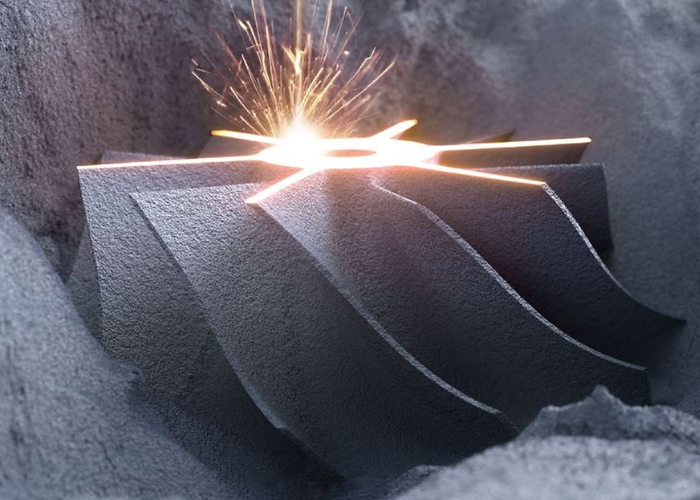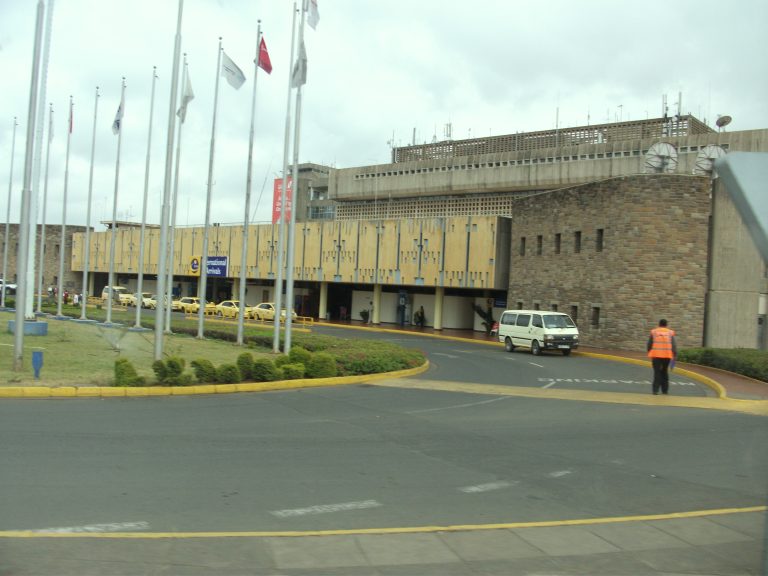Sieving in Additive Manufacturing Metal Powder Processing
Additive Manufacturing (AM), also known as 3D printing, has revolutionized the manufacturing industry by enabling the creation of complex and intricate metal parts layer by layer. One crucial aspect of AM is the quality and consistency of the metal powders used as feedstock. Metal powders serve as the building blocks in powder bed fusion and binder jetting processes, making their characteristics vital to the success of the final product. Among various steps in metal powder processing, sieving plays a pivotal role in ensuring the uniformity and optimal particle size distribution of the powder feedstock.
Sieving is a process that involves separating particles based on size. In the context of AM, sieving is utilized to classify and refine metal powders, enhancing their flowability, packing density, and printability. The sieving process involves passing metal powders through a mesh or screen, allowing smaller particles to pass through while retaining larger ones. This separation aids in achieving the desired particle size distribution, which is critical for the success of AM processes.
The significance of sieving in AM metal powder processing can be understood through the following points:
- Particle Size Distribution Control: Different AM processes demand specific particle size distributions to ensure proper layer-by-layer fusion or binding. Sieving enables manufacturers to tailor the particle size distribution to the exact requirements of the chosen AM technique, enhancing the mechanical properties and surface finish of the printed parts.
- Improved Powder Flow: Metal powders with irregular particle sizes can lead to poor powder flow behavior, which in turn can result in inconsistent packing within the build chamber. Sieving helps to eliminate agglomerates and oversize particles, leading to improved flow characteristics. This, in turn, reduces the risk of defects and inconsistencies during printing.
- Enhanced Packing Density: Achieving a high packing density of metal powders within the build chamber is essential for reducing porosity in the final printed part. Sieving removes large particles that could create voids or hinder close packing. This ensures a more densely packed powder bed, resulting in stronger and more durable components.
- Printability: The uniformity of particle sizes obtained through sieving positively impacts the printing process. A consistent powder bed facilitates even energy distribution during the melting or binding process, leading to better layer fusion and adhesion. This, in turn, results in parts with improved mechanical properties.
- Reduced Defects: Oversized particles in the metal powder feedstock can lead to nozzle clogging, uneven melting, or compromised binding in binder jetting. By eliminating these oversized particles through sieving, the risk of defects is minimized, contributing to the overall reliability of the AM process.
- Quality Assurance: In industries where regulatory standards and quality control are paramount, sieving serves as an essential step in ensuring that metal powders meet the required specifications. This is particularly important in applications such as aerospace and medical devices, where precision and consistency are critical.
In conclusion, sieving plays a vital role in the additive manufacturing of metal parts. By refining particle size distribution, improving powder flow, enhancing packing density, and ensuring printability, sieving contributes to the successful implementation of AM processes. As AM technology continues to evolve and find broader applications, the importance of sieving in metal powder processing remains integral to achieving high-quality, functional, and reliable printed components.






